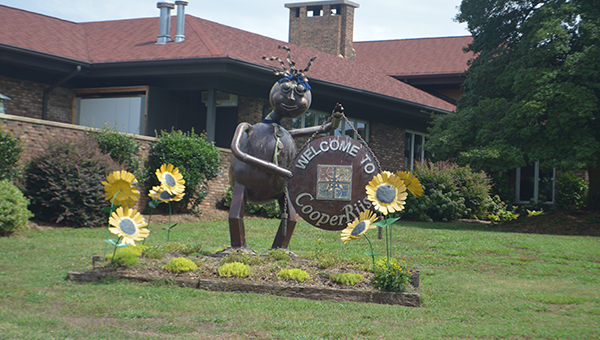
(7-8-18) Virgil Stucker has spent much of his professional career helping found and direct therapeutic residential communities, most recently serving for fourteen years as head of CooperRiis, which is based in North Carolina. He recently formed his own company to help parents navigate the mental health care system.
Here is his response to my Friday blog about recent calls for the building of modern day residential asylums. Specifically, I mentioned that while Americans are distrustful of state mental hospitals, long term residential facilities are available in many parts of this country if you are wealthy enough to afford them.
A Response To Your Blog:
Growing Talk About Modern Day ‘Asylums’ Being Heard: Good Or Bad Idea?
Good morning Pete,
I would encourage you to carry this theme further. First, let’s go back to the early days of the Asylum.
Of course we need something in between. The gap has turned into a chasm.
Virgil Stucker



